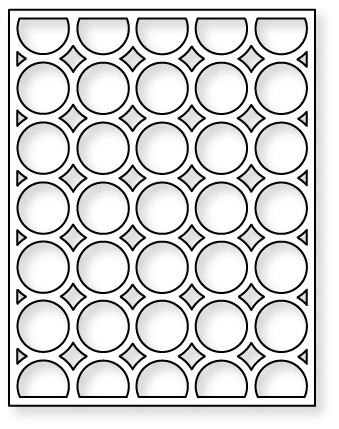I don't know about the going back and forth element. I have never seen that. Deep cycle has more to do with the thickness of the plate.
But as far formatting the plates its easy. You have several option the best is doing a set at time at 2.7 volt charge. So you make your set maybe 10 plates 5 in parallel on each side. Then your going to charge it with 3 volt at 10 amp or so.
Charge it for 10 minutes, then put a load on it for 10 minutes and repeat with a longer discharge. After about 5 times you can hit the next set. Once they are started then you can put 6 sets together for 12 volt and start charging them together with regular charger or oscillator or cap pulses whatever your flavor is.
Do 2 cycles or so on full battery then your ready to go pretty much.
Just remember the thicker the lead the more current 20 amp and deeper discharge like 10.5 volt.
Its not hard. Your fluid needs to be at the halfway point on your hydrometer, I can't remember the number, before you add the lead. Let the lead sit in the fluid for period of time before charging.
If you really worried buy this book
Battery Builder's Guide by Phillip Hurley
He explains it all in real depth not only the construction but why and when and how.
The other thing you can do is just start small with canning jar and some sheet lead and small rubber spacer like 1/8 inch thick. Then put a 3 volt charge on it see how it acts.
The Bedini video didn't really go into depth.
Matt
But as far formatting the plates its easy. You have several option the best is doing a set at time at 2.7 volt charge. So you make your set maybe 10 plates 5 in parallel on each side. Then your going to charge it with 3 volt at 10 amp or so.
Charge it for 10 minutes, then put a load on it for 10 minutes and repeat with a longer discharge. After about 5 times you can hit the next set. Once they are started then you can put 6 sets together for 12 volt and start charging them together with regular charger or oscillator or cap pulses whatever your flavor is.
Do 2 cycles or so on full battery then your ready to go pretty much.
Just remember the thicker the lead the more current 20 amp and deeper discharge like 10.5 volt.
Its not hard. Your fluid needs to be at the halfway point on your hydrometer, I can't remember the number, before you add the lead. Let the lead sit in the fluid for period of time before charging.
If you really worried buy this book
Battery Builder's Guide by Phillip Hurley
He explains it all in real depth not only the construction but why and when and how.
The other thing you can do is just start small with canning jar and some sheet lead and small rubber spacer like 1/8 inch thick. Then put a 3 volt charge on it see how it acts.
The Bedini video didn't really go into depth.
Matt
 I encourage people to revive and take part in this discussion, as it is an important discussion and much can be achieved and saved with it.
I encourage people to revive and take part in this discussion, as it is an important discussion and much can be achieved and saved with it.






Comment